How Solar Panels Can Pay for Themselves Faster Than You Think
Solar Panels Can Pay for Themselves Faster Than You Think
When most people think of solar panels, they imagine a decades-long investment. The reality is very different. With the right system, solar can start saving your business money from day one, and in many cases, the initial investment can be recovered in just three to five years.
How Solar Works for Your Business
At its core, solar is straightforward: panels convert daylight into electricity, reducing the amount your business needs to buy from the grid. Modern solar systems go a step further. With battery storage, excess energy can be saved during the day and used at night or during peak-demand periods, when electricity costs are at their highest. This is a major advantage for businesses, as peak-demand charges can make up a significant portion of the electricity bill. By combining solar with storage, you’re not just cutting costs—you’re gaining control over when and how you use energy.
In effect, your solar system begins working immediately as an investment, generating measurable savings from day one.
Breaking Down the Numbers:
Understanding how solar panels save money is easier when we look at an example.
Step 1: Your Current Electricity Costs
Imagine your business has a monthly electricity bill of £2,500. Over a year, that adds up to £30,000. This is the amount of money your solar system has the potential to offset.
Step 2: Expected Savings with Solar
With a solar system and battery storage, you could reduce your electricity costs by 30 to 50 percent. That means each year, you might save between £9,000 and £15,000, depending on how much energy your system generates and how you use it.
Step 3: Upfront Investment
A typical system for a business this size might cost around £50,000 to install. At first glance, this might seem like a big expense, but there are finance options available.
While this might seem like a significant expense initially, there are options available to help manage it:
Asset finance: Spread the cost over several years, turning a large upfront payment into manageable monthly installments.
· Power Purchase Agreements (PPAs): Instead of buying the system outright, you pay only for the electricity the system generates, often at a lower rate than your current utility costs.
These options make solar accessible without requiring the full capital investment upfront, meaning your business can start saving from day one.
Step 4: Calculating Payback
Payback is the point at which your cumulative savings equal your initial investment. In our example:
- If you save £9,000 per year, it would take roughly 5.5 years to break even.
- If you save £15,000 per year, you could reach payback in just 3.5 years.
Step 5: Factors That Can Shorten Payback
Several things can make your solar system pay for itself even faster:
- Rising energy prices: As electricity costs increase, the value of the energy you generate goes up.
- Peak-demand savings: Battery storage lets you use solar energy during the most expensive periods, avoiding high charges.
- Government incentives and tax credits: These can significantly reduce upfront costs and shorten the payback period.
Step 6: Visualising the Savings
Picture a line graph with cumulative savings on the Y-axis and time in years on the X-axis. Each year, your savings add up, and the line crosses your initial investment somewhere between year 3 and year 6, depending on how much you save. After that point, the system effectively generates profit through avoided energy costs.

Conclusion: How Solar Pays for Itself
Solar panels are more than an eco-friendly choice—they are a smart financial investment. Once installed, they begin reducing the electricity you need to buy from the grid, generating immediate savings. Over time, these savings accumulate, and with the right system, businesses often see a full return on their investment within just a few years.
By combining solar with battery storage, businesses can cut electricity costs, protect against price fluctuations, and increase operational resilience. With predictable energy generation and potential incentives, solar delivers both immediate benefits and long-term value, showing that in many cases, panels can pay for themselves faster than expected.


